ECOTOURISM “THE SUSTAINABLE ALTERNATIVES FOR WANDERLUST SEEKER”
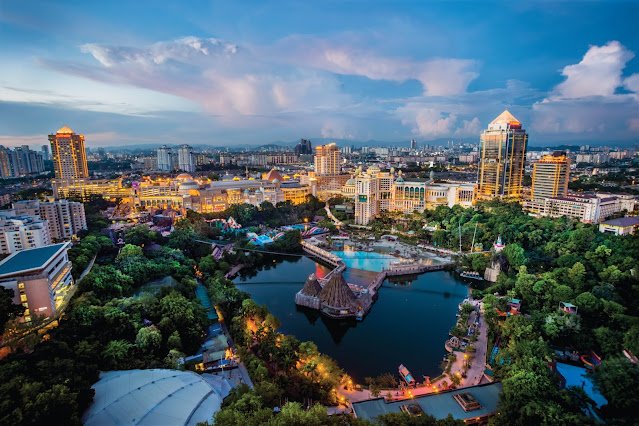
When it comes to vacation or going for a holiday, the first thing that pops into mind is the food hunting ‘Must Visit’ list followed by the ‘Insta-Worthy’ spot for best photo opportunity. Pintasan Saloma and Penang Street Art can be considered as amongst the most popular background today. But for the adventurous travelers, professional photographer and wanderlust seeker, Ecotourism is the answer. Imagine taking a break from the hustle and bustle of life while still keeping the balance biodiversity conservation and community needs, enabling sustainable utilization of the community resource base, and also empower local communities by improving their sense of ownership over the use of natural resource.
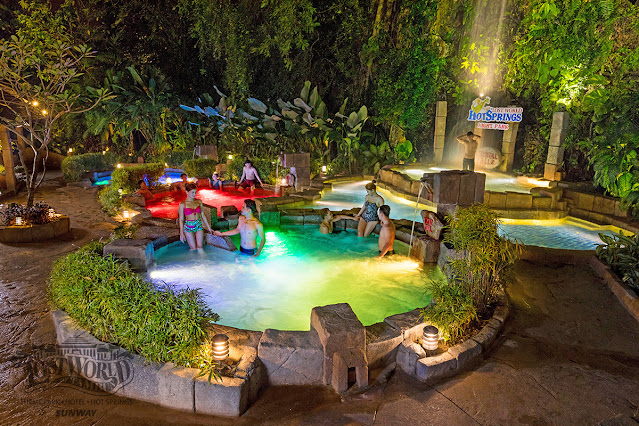
As per defined by The International Ecotourism Society, Ecotourism is a “responsible travel to natural areas that conserve the environment, sustains the well-being of the local people and involves interpretation and education”.
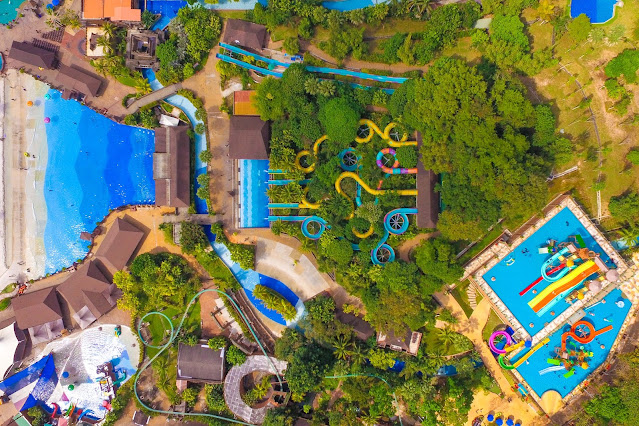
The International Ecotourism Society also has highlighted a list of principles that a trip must follow in order to be considered as ecotourism. Such as:
• Minimize physical, social, behavioral and psychological impact.
• Build environmental and cultural awareness as well as respect.
• Provide positive experiences for both visitors and hosts.
• Produce direct financial benefits for conservation.
• Generate financial beneficial for both local people and private industry.
• Deliver memorable interpretative experiences to visitors that help raise sensitivity to host countries’ political, environmental and social climates.
• Design, construct and operate low-impact facilities.
• Recognize the rights and spiritual beliefs of the Indigenous People in your community and work in partnership with them to create empowerment.
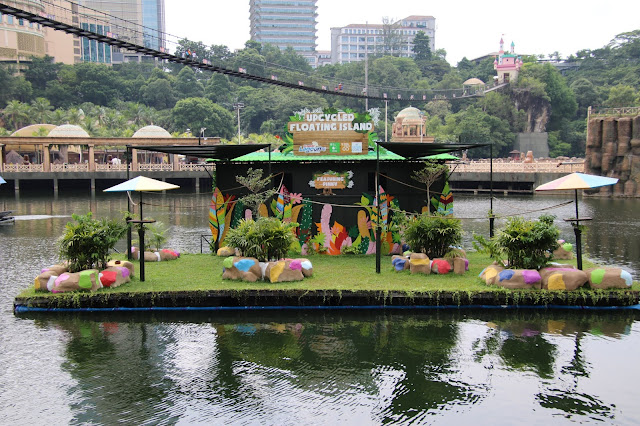
To signify, Ecotourism is ecologically sustainable tourism that fosters environmental and cultural understanding, appreciation and conservation. The purpose of Ecotourism is to educate the traveler, to provide funds for ecological conservation, to directly benefit the economic development and political empowerment of local communities or to foster respect for different cultures and for human rights.

In 2016 the United Nations has introduced Sustainable Development Goals (SDGs) with a collection of 17 interlinked global goals designed to be a “blueprint to achieve a better and more sustainable future for all” with the hope of achieving them by the year 2030. These goals are commonly related and it can be incorporated to the Ecotourism.
Living in Malaysia there is an abundance of Ecotourism spot that you can visit, here are some suggestions:
Explore the Mulu Caves National Park, Sarawak
The Mulu Caves, located in Gunung Mulu National Park on the island of Borneo, Sarawak are home to the world’s largest cave chamber (Sarawak Chamber) by surface area as well as one of the largest cave passages on Earth (Deer Cave). This cave is one of the iconic UNESCO World Heritage Site and caves are the signature of Mulu.
Sip tea at Cameron Highlands, Pahang
Situated at the northwestern tip of Pahang. This famous hill and noted for its cold weather has been the oldest tourist spot in Malaysia. Cameron Highlands is well-known for its agricultural produce due to the low humidity and cool climate. Apart from its tea estates and strawberry orchard, Cameron Highlands also preserves the beautiful creation of Mother Nature that looks like “The Land of The Hobbits” that is the mysterious Mossy Forest of Coral Hill.
Swim with sea turtles at Perhentian Islands, Terengganu
For those who like sunbathing by the beach and swimming with Sea Turtles, Perhentian Islands should be your ultimate choice. The Perhentian Islands are located in the Besut District, Terengganu excluding the two main islands of Perhentian Besar and Perhentian Kecil, there are five more islands in the archipelago. All the five islands are uninhabited and viewed as a paradise for many snorkeling and scuba diving enthusiast. There are also amazing sandy beaches located such as those on Rawa, Serengeh and Tokong Burung islands.
Sunway Theme Parks – Sunway Lagoon and Sunway Lost World Of Tambun
You may be puzzled as to why these two premier Malaysia theme parks made it into this list. Believe it or not, these two award winning theme parks is one of the Ecotourism spots that actively ensure that the Sustainable Development Goals are achieved by the year 2030.
Spent time with family at Sunway Lagoon, Selangor
A crowd puller since its opening in 1992, is one of the largest and most celebrated theme parks in the country with an ever expanding number of attractions catered to all ages. Sprawling over 88 acres, it is the first theme park entertainment built 150 feet below ground level on a tin mining wasteland. To ensure sustainability of the ex-mining pond at Sunway Lagoon, an extensive study was conducted in 2010 and a “Clean-Flo’ system was introduced to reverse the degradation or the pond turning into a eutrophic state.
Sunway Lagoon constructed a home for its Gibbons on a man-made island named “Upcycled Floating Island”. The island was built using recycled waste material such as styrofoam, plastic bottles and chlorine drums. Its unique floating feature requires the park’s zookeepers to travel by boat to tend to the gibbons.
In 2019, Sunway Lagoon established its “No Single-Use Plastic Policy” and has since moved away from single-use plastic towards protecting the ocean and the life within. This theme park also has made some effort to reduce waste to landfill by separating the recyclable items from general waste. Existing waste bins around the park were refurbished and converted to pairs of green bins for aluminum cans and plastic bottle and yellow bins for general waste. This move is taken to educate visitors when they visit the park.
Dip in the natural hot springs at Sunway Lost World Of Tambun, Perak
Unlike any other theme park, Sunway Lost World Of Tambun offers the opportunity for you to rejuvenate yourself in the natural underground hot springs water at any given time from day until night. Surplus hot springs water are harvested and allowed to cool down in the tanks before redirecting it to the Water Park.
Aside from that, preserved caves big and small within the expansive park, contained wonderland that is cocooned by lush tropical jungles and breathtaking limestones features of 260 million years of age and diversify attraction making it the ultimate getaway for a unique eco-adventure excursion for visitors of all ages. Here, you can have a staycation with your family at Lost World Glamping.
Similar to the ecotourism motive, Staycation a holiday spent in one’s home country rather than abroad, or one spent at home and involving day trips to local attractions. This concepts of vacation can potentially cause less environmental harm as less fuel is spent and it can generate economics welfare in a local and national level by positively and significantly affecting different components of expenditure in the budget of a household. This will help in community development by providing the alternate source of livelihood to local community which is more sustainable. Many view ecotourism as a viable way to protect the natural environment and create social and economic benefits for local communities. Traveling allows you to see that the world is not always about you.


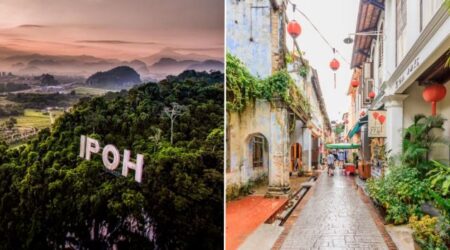
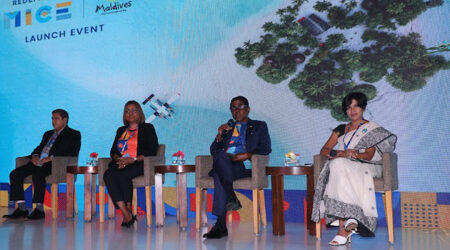
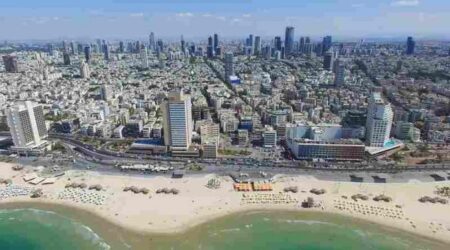



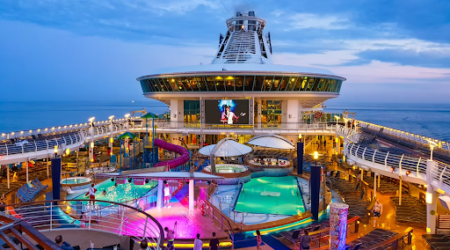
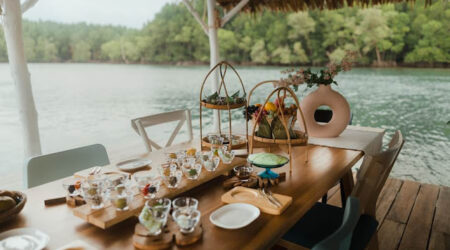

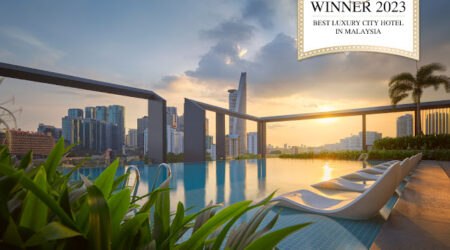
Comment (1)
Hi my family member! I want to say that this article is amazing, great written and include almost all important infos.
I would like to look extra posts like this .